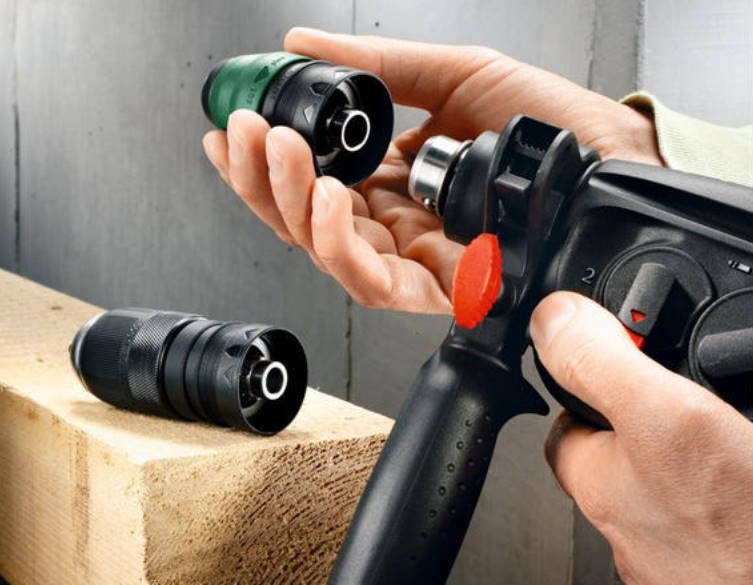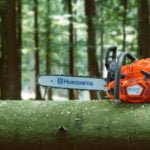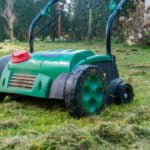The problem of distribution of counterfeit trademarks exists in the international market. But here it is particularly acute for a number of reasons:
- There is a lack of timely, accurate and reliable information about manufacturers.
- Consumers know little about the properties inherent in a quality tool.
- Unscrupulous “shuttles” import duty-free goods of poor quality.
All this leads to the appearance of fakes. Manufacturers who create technically complex machines and lose their image suffer from this, and buyers become victims of poor-quality purchases.
I note that all the photos used in the article have nothing to do with counterfeit products,, but only illustrate industry topics.
Unknown manufacturers
Please note that not only the power tools themselves are falsified, but also their trademarks. The purpose of counterfeiting is to make the consumer believe that they have purchased a legally labeled product.
In addition to using someone else’s brand, there are other shady sides to this area. This also applies to the illegal use of the know-how of well-known companies: fraudsters almost completely repeat existing models and produce them without a license, under a different name and at a different price. However, with a purely external similarity, the technological capabilities of such machines are much lower. Especially in terms of resource work. Therefore, it is safe to say that a fake is always worse in quality. After all, if the company noname wants to make a great fake, then at a cost, it will be close to the original, and thus reduce the number of possible benefits.
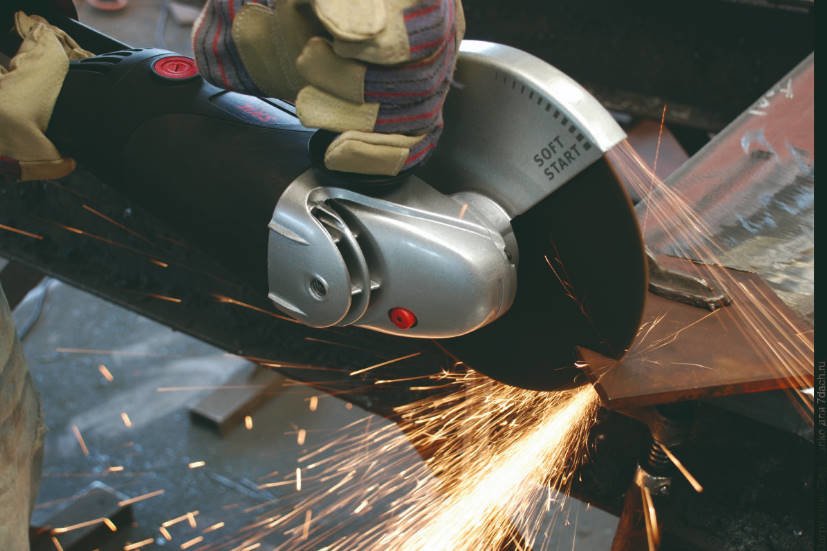
Angle grinders are produced annually in millions of copies
Observers note that the market is close to oversaturation. According to market research, a private owner (aka a cottager) buys a tool for many years and will not soon come for a new one. And professional builders, working with the tool every day, update their “Park” almost annually. They are the main segment of buyers.
How to identify a fake?
It is often possible to determine a fake during an external inspection only by comparing the original instrument with the “doubtful” one. Even a careful examination of the packaging box can tell a competent buyer something. There is a funny case when a fake was revealed due to the incorrect spelling of the words on the package – “mabe in Germany”. That is, the persons for whom the natural writing is hieroglyphs, made a mistake and instead of the Latin letter “d” wrote “b”.
By the way, it is the “suitcase” errors in the course of copiers. Often, the manufacturer’s logo is entered with an error.
Additional recommendation:
1. After opening the package, pay attention to the brand of the current-carrying cable, its marking and the order of laying.
2. When you first get acquainted with the tool, you should also not lose sight of such inconspicuous things for the uninitiated as:
- body surface;
- accuracy of the geometric shapes of the ventilation and process openings of the housing;
- the presence of barely noticeable small chips and burrs.
What can be done
Large manufacturing companies try to fight this evil and protect their products and reputation by issuing branded warranty cards for maintenance and repair of equipment. Such a document gives the right to apply only to authorized service centers of companies, where they service original equipment and professionally identify both hastily made and perfectly worked fakes. The introduction of the warranty card system has increased the level of security, as coupons are made with appropriate protection against printing.
When buying a product, you must make sure that the warranty card is original, and not copied on a copier. In the fight against counterfeiters of its products, the company switched to the production of warranty cards with watermarks, the use of protective mesh and other methods of protection. With this approach, the company gets rid of fans of reproducing warranty cards on a color copier. In addition, the instrument’s serial number is already printed on the coupon.
To deal with competitors flooding the market with counterfeit products, various companies choose their own methods of response and protection. For example, they provide their offices, dealers and sellers with information that allows them to determine the authenticity of the product and the accompanying documentation for it by characteristic features. Given that it is not easy to distinguish forgery or plagiarism from original products, since forgeries can be both bad and good, each case of falsification should be considered separately.
There is also an example when fraudsters tore off the trademark “X” from an electric company and replaced it with another, much more prestigious company “Y”. Thus, they “repurposed” the instrument from an amateur to a professional one.
However, there are lucky manufacturers who have no problems with counterfeiting. According to the employees of the representative offices of several leading companies, they still face the appearance of fakes of their equipment. They reasonably consider it impractical to allow in the minds of potential buyers the very possibility of buying a fake under their own brand.
“Gray” side of the medal
It is impossible to ignore the problem of “gray” imports-small-scale wholesale batches of instruments of well-known companies. They buy power tools at wholesale prices in supermarkets in neighboring countries and often replenish the construction markets with very high-quality samples.
In large cities, you can often find middle-aged men on the street, rummaging with a suitcase of power tools and offering it to everyone you meet-cross.
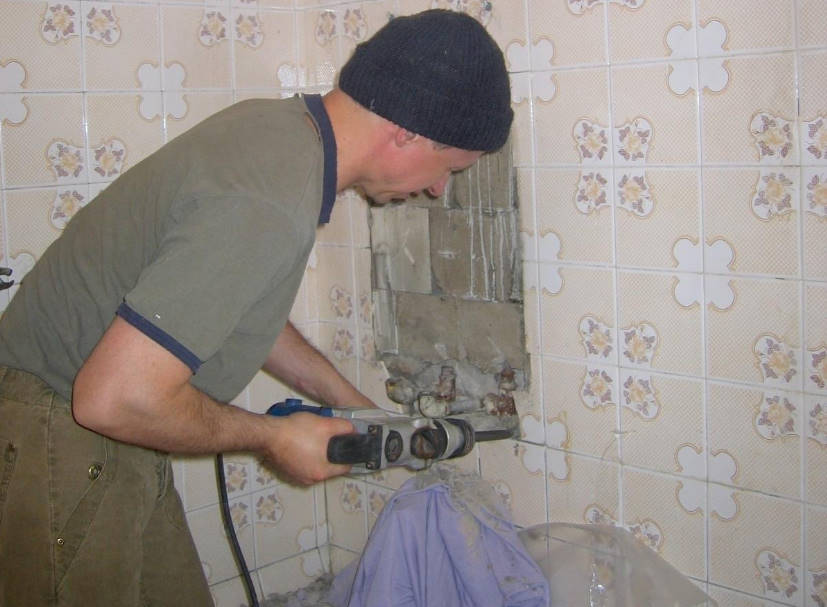
And the work of the puncher can be neat
However, “gray” equipment without branded warranty cards for maintenance and repair loses to “white” – at least during the warranty period. Often, “gray” imports can be “completed” with warranty cards of repair shops, taking responsibility for the operational quality of the equipment and receiving payment from the sellers of the equipment. At first glance, this is also good, especially if the nearest corporate center is a hundred kilometers away. But there is no guarantee that this workshop is equipped with branded spare parts. With such repairs, it is possible to replace a failed “native” node – for example, an anchor – with a very similar one, but made “on the knee”, far from the technical requirements of the parent company. It is possible that it will not break down before the end of the warranty period, but it is not necessary to count on a serious resource.
East
There is another way to deal with counterfeit products. Many large companies are moving their production to countries where labor is much cheaper. For example, Z informs readers at the beginning of each of its advertising brochures that although its head office is located in Vienna, all production is moving to China, where the entire range of power tools is produced. According to the company’s specialists, the falsification of their inexpensive equipment is simply unprofitable, since it is initially produced in a region with low production overheads. This equipment sells well and at quite understandable low prices.
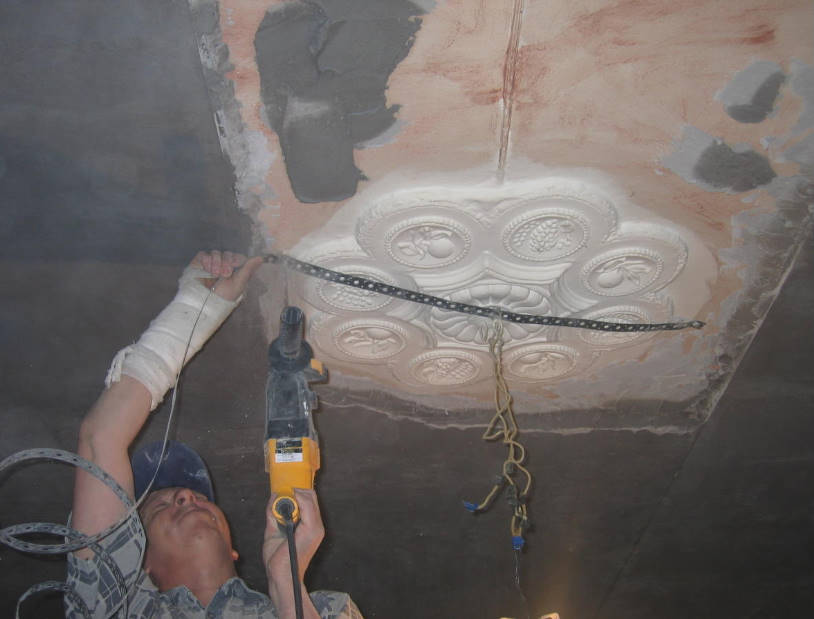
The use of impact drill when removing the ceiling moldings
In this regard, it is impossible not to touch on the article of the great power-tool power-China. The quality of the products is very diverse, and it is inappropriate to outline it with one paint. For example, in the late 90s, the Japanese company ” M ” built a new factory equipped with the latest technology. And this is the most modern plant of the company. As a result, the quality of the models produced on it is even higher than that of models produced in other countries. A tool made in this factory has a “local” plus-it is somewhat cheaper than a tool of the same company made in any other country. This helps to remove the issue of counterfeiting of their products. But there is another problem that world leaders have largely created themselves by placing orders in China for the production of components. Now in China, there are about 2,500 factories engaged in the production of such equipment. And after the order is completed, some continue to work “for themselves”, without license agreements.
Places to know
To summarize the above, we note that the most proven method of protection will be the purchase of tools in specialized stores.

Laser level
Such companies do not sell fakes, because for them their honest name is more expensive than short-term profit. And I do not consider the Internet as a field of guaranteed relief from the risk of forgery.
Good luck!
